For runners, the choice of footwear isn’t just about style—it is a crucial decision that can impact performance and prevent potential injuries. As we lace up and hit the pavement, we’re left pondering a common question: Do running shoes make a difference?
Can the latest technological marvels and meticulously designed soles truly make a difference in the pursuit of better performance and injury-free runs? Let’s find out!
Where Should I Go to Buy Good Running Shoes?
When it comes to purchasing top-quality running shoes, your best bet is to start with a local running specialty store. These stores are equipped to cater specifically to runners, offering a selection that goes beyond what typical sporting goods stores provide. You’ll find shoes tailored to running, while avoiding the common mistake of picking up generic sneakers that can lead to issues like blisters, foot pain, or even injuries.
Why Not Shop Online?
Although online shopping might seem appealing, especially for discounts, it can be risky when it comes to running shoes. Trying on shoes in person is crucial. You need to feel how they fit your foot, which is influenced by factors like gait, running form, and biomechanics. Furthermore, many brands do not allow discounts on their latest models online, minimizing any real savings.
The Perks of a Specialty Store
Local running shops often employ staff who are not just salespeople—they’re enthusiasts and experts in their field. They will assist you in finding the right shoe for your needs, whether that’s a neutral or stability model, based on your running style and history. This personalized service can make all the difference in your running experience.
The Anatomy of Running Shoes
Modern running shoes are engineered to optimize comfort, enhance stability, and elevate overall performance.
Each element works harmoniously to create a footwear experience that supports the runner’s biomechanics, reduces impact, and paves the way for achieving personal best while minimizing the risk of discomfort or injury.
Here’s a closer look at each component:
Soles: Foundations of Support
The sole, comprising the outsole and midsole, serves as the foundation of a running shoe. Typically made of durable rubber, the outsole provides traction and protects against abrasion.
That said, the midsole houses cushioning technologies that absorb shock upon impact, reducing strain on joints and muscles. This component enhances comfort and minimizes the risk of injury, allowing for longer, smoother runs.
Upper: Secure Fit and Breathability
The upper, composed of various materials including mesh and synthetic overlays, envelops the foot. It plays a crucial role in securing the foot within the shoe, preventing slippage during movement.
Additionally, breathable upper materials promote ventilation, keeping the feet dry and comfortable. A well-fitted upper ensures stability and prevents unwanted friction, optimizing performance.
Cushioning: Impact Absorption
Integrated into the midsole, the cushioning absorbs the shock generated with each step. This component significantly reduces the strain on joints, especially during long runs to enhance comfort and prevent overuse injuries.
Modern shoes employ a variety of cushioning technologies, such as gel inserts, foam compounds, and air pockets.
Arch Support: Balancing Biomechanics
Arch support caters to the foot’s natural curvature, aiding in maintaining proper alignment during the running motion. By providing adequate support to the arches, this component enhances stability and prevents excessive pronation or supination.
Improved biomechanics translate to a more efficient stride and reduced risk of injuries related to improper foot mechanics.
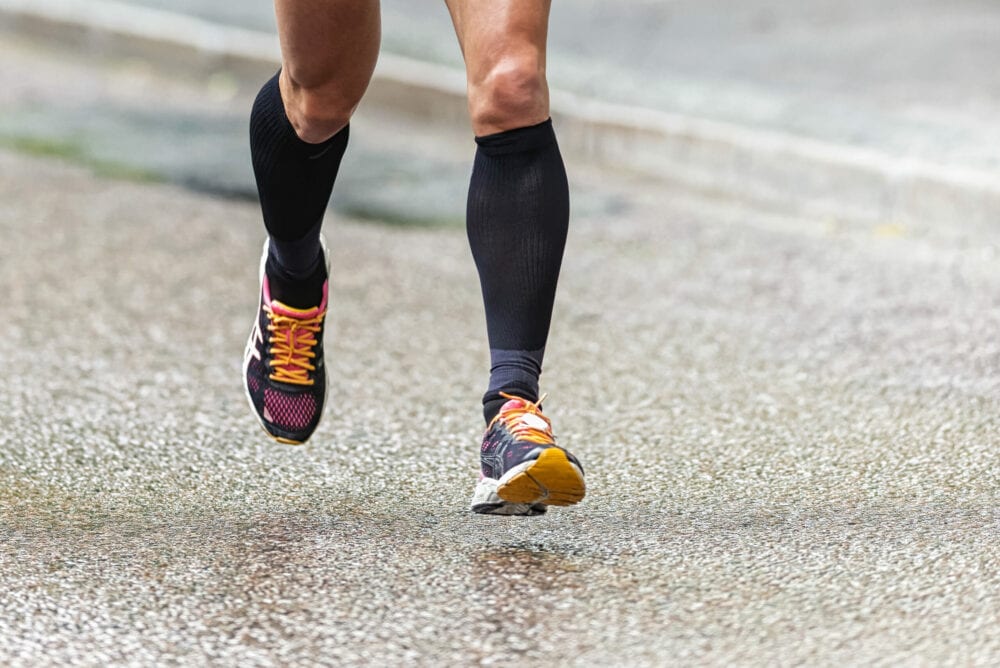
Impact on Running Performance
Do running shoes make a difference in performance? Running shoe features are not mere aesthetics; they intricately impact performance. In fact, shoe weight, cushioning, and overall design help enhance running efficiency.
By choosing the right shoes tailored to individual preferences and running goals, runners can harness the potential to push their limits and achieve peak performance.
Weight, Cushioning, and Energy Return
Shoe weight directly correlates with a runner’s ability to maintain pace and minimize fatigue. Lightweight shoes reduce the energy expenditure required for each stride, enhancing endurance.
Moreover, cushioning materials aid in energy absorption upon impact and subsequent return during toe-off. This energy return propels the runner forward, optimizing each stride for improved performance.
Design Dynamics: Minimalist vs. Maximalist
The minimalist vs. maximalist debate has generated extensive discussion. Minimalist designs emphasize a natural running gait by promoting midfoot strikes and enhanced proprioception.
While this concept encourages efficient biomechanics, maximalist models prioritize cushioning for long-distance comfort. Each design philosophy caters to different running styles, highlighting the intricate connection between shoe design and running efficiency.
Injury Prevention and Running Shoes
While the efficacy of running shoes in preventing injuries remains disputed, it is evident that there is no one-size-fits-all solution. Runners must consider their biomechanics, running style, and personal comfort when selecting shoes.
Whether opting for ample cushioning or embracing minimalism, the emphasis on injury prevention should stem from an informed understanding of individual needs and the nuanced interplay between footwear and running mechanics.
The Controversy: Do Running Shoes Prevent Injuries?
The role of running shoes in injury prevention remains a subject of ongoing debate. While these shoes are designed with cushioning and support to mitigate the impact, the extent to which they prevent injuries is a matter of contention within the running community and scientific circles.
Studies have sought to examine the link between running shoe choice and injury rates. Contradictory findings abound, revealing the complexity of this relationship.
Some even suggest that certain shoe features, like arch support and cushioning, could reduce the risk of specific injuries. However, others indicate that too much support might hinder the foot’s natural mechanics, potentially contributing to overuse injuries.
How Do Running Shoes Help with Injury Prevention?
Running shoes play a pivotal role in safeguarding runners against injuries. They are meticulously designed to harmonize with your natural biomechanics, offering a blend of cushioning and responsiveness that generic sneakers often lack.
Key Features of Running Shoes:
- Arch Support: A crucial element in running shoes, arch support helps maintain proper foot alignment, reducing stress on your knees and hips.
- Cushioning: Running shoes come with ample underfoot cushioning to absorb impact forces. This helps in minimizing the stress on your joints and muscles, which is essential for injury prevention.
- Toe Box Design: The spacious toe box in running shoes provides adequate space for your toes to move naturally, reducing the risk of blisters and injuries related to cramped spaces.
Choosing the right type of running shoe is not only about comfort; it’s a strategic step towards preventing injuries. Without appropriate footwear, you may encounter issues such as shin splints, plantar fasciitis, or even stress fractures, particularly with non-running shoes that lack these protective features.
In essence, investing in a quality pair of running shoes means investing in your health and performance.
Natural Running: Implications for Shoe Selection
The “natural running” movement advocates for a more minimalist approach, emphasizing a barefoot-like experience to encourage optimal biomechanics. This concept highlights the importance of choosing shoes that align with individual running styles and biomechanics.
For some, this might mean opting for shoes with lower heel-to-toe differentials or minimal cushioning, promoting a more efficient and injury-resistant gait.
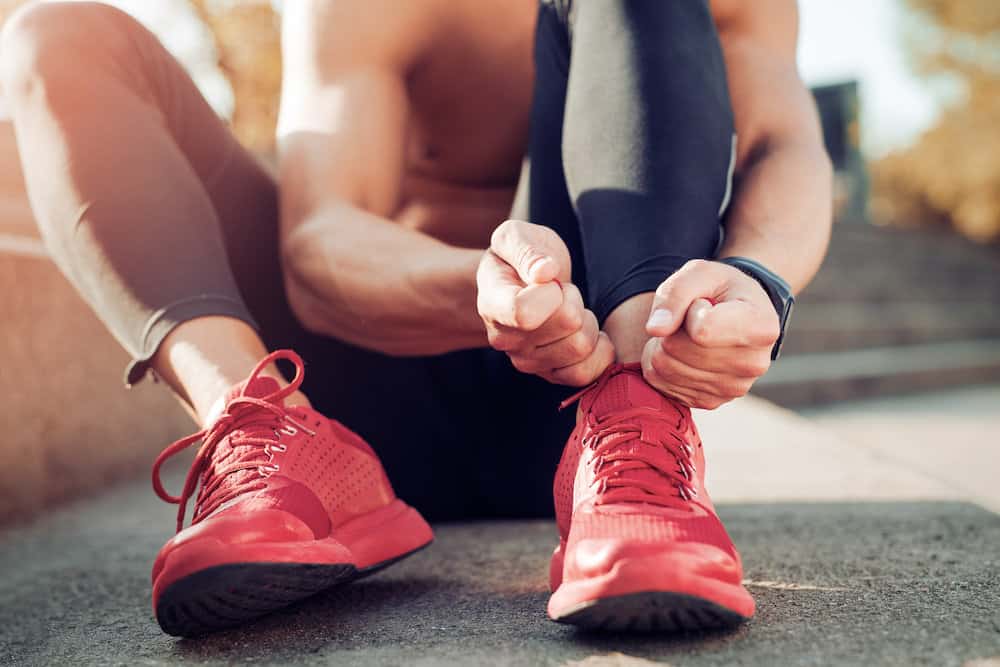
What Does a Comprehensive Shoe Fitting Process Involve?
A comprehensive shoe fitting process is an in-depth and personalized experience designed to find the perfect pair of shoes for your unique needs. Here’s what you can expect:
- Full-Body Assessment: The process begins by understanding your goals, whether you’re an avid runner, a casual walker, or a bit of both. Your preferences on how shoes should fit and any past injuries are carefully considered.
- Gait and Stride Analysis: Shoe fitting experts will analyze how you walk or run, examining your gait and stride. This helps identify the best shoe model and style for supporting your movements effectively.
- Trial and Comparison: You’ll have the opportunity to try on multiple pairs of shoes. This allows you to compare how different brands like Nike, Adidas, and Asics perform and feel on your feet.
This thorough approach ensures that you not only find a comfortable pair of shoes but also one that supports your entire body, helping to prevent future injuries and enhance your overall activity experience.
Pronation, Supination, and Support
Understanding pronation, supination, and the range of support offered by running shoes empowers runners to address biomechanical tendencies and prevent potential issues.
By selecting shoes tailored to your gait, you can optimize comfort, stability, and performance. More importantly, you are safeguarded against the risks associated with improper foot mechanics.
Gait Analysis
Gait analysis plays a pivotal role in identifying individual pronation or supination patterns. When you know how your foot interacts with the ground, you can make informed shoe choices that can help enhance your performance and comfort.
Proper shoe selection based on gait analysis aligns support levels with a runner’s unique mechanics. This mitigates the risk of injuries stemming from improper pronation or supination.
Pronation and Supination
Pronation and supination are fundamental aspects of foot mechanics during the running gait. Pronation involves the natural inward rolling motion of the foot upon impact, aiding in shock absorption.
Supination, on the other hand, is the outward rolling motion during push-off, contributing to stability and propulsion.
Neutral Shoes: Promoting Natural Movement
Neutral shoes are designed for runners with biomechanically efficient gaits. They offer balanced cushioning without excessive arch support or motion control, allowing the foot to move naturally.
Stability Shoes: Correcting Overpronation
Stability shoes cater to overpronators—runners whose feet excessively roll inward. They feature support technologies to counteract excessive pronation, enhancing stability and minimizing the risk of injuries caused by poor alignment.
Motion Control Shoes: Addressing Severe Overpronation
Motion control shoes provide the highest level of support. They are tailored for severe overpronators, offering enhanced stability features to limit excessive rolling and maintain proper alignment.
Individual Variability and Preference
The impact of running shoes is a journey unique to each individual. Factors such as biomechanics, foot structure, and running technique interact to determine shoe effectiveness, highlighting the personalized nature of this choice.
Biomechanics and Foot Shape
Every runner possesses distinct biomechanics—how their body moves during running. Foot shape, arch height, and gait patterns influence how shoes interact with the feet. Understanding these nuances ensures shoes offer appropriate support and alignment.
Comfort and Preference
A shoe’s effectiveness is heavily tied to a runner’s comfort, which can differ greatly. What’s more, personal preference, whether for cushioning, flexibility, or style, impacts the overall running experience.
A comfortable shoe promotes prolonged engagement and reduces the likelihood of discomfort-induced injuries.
Why Is a Proper Shoe Fitting Crucial for Finding the Best Running Shoes?
A proper shoe fitting is essential because it ensures your running shoes complement your unique gait, cushion preferences, and foot shape. Without it, you risk wearing shoes that may feel uncomfortable, reduce your performance, or even cause injury.
Tailoring to Your Unique Needs
- Individual Gait: Everyone walks or runs differently. Evaluating your gait helps find shoes that enhance your movement rather than hinder it.
- Personal Preferences: Whether you prefer a snug fit or a more relaxed feel, a fitting allows you to find shoes that match your style.
- Foot Structure: Arches, heel width, and toe box preferences vary widely. A fitting provides insights to accommodate these differences.
Enhancing Performance and Comfort
- With a personalized fitting, discover shoes that not only maximize your performance but also provide the comfort and support needed for long runs.
- You’ll try multiple pairs, allowing you to directly compare how different models feel, aiding in an informed decision.
Preventing Injuries
A proper fitting considers any past injuries or current foot issues. This approach ensures your shoes provide the necessary support to prevent further harm.
In summary, a professional shoe fitting aligns your specific needs with the perfect pair of running shoes, offering both comfort and injury prevention.
How Do Running Shoes Contribute to Longevity and When Should They Be Replaced?
Running shoes play a crucial role in extending the longevity of your running experience by providing support, cushioning, and protection with every stride. A high-quality pair of running shoes ensures that your feet and joints endure minimal stress, allowing runners to maintain a healthy, injury-free routine over time.
Deciding When to Replace Your Running Shoes
To maximize the benefits of your running shoes, it’s essential to know when to replace them. Here are some key indicators:
- Mileage: Most running shoes are designed to maintain their optimal performance for 300 to 600 miles. Keeping track of your mileage can help you determine when a replacement is due.
- Timeframe: Even if you haven’t reached the mileage limit, shoes that are over six months old may lose their effectiveness due to wear and tear on the materials.
- Wear and Tear: Look for visible signs of wear such as worn-out soles, reduced tread, or uneven wear patterns which indicate it’s time for a new pair.
Keeping these factors in mind will ensure that your running shoes continue to provide the necessary support for your fitness journey. Regularly updating your shoes not only contributes to the longevity of the shoes themselves but also to your overall running experience.
Do Running Shoes Make a Difference?
Running shoes do make a difference, but the impact is nuanced. Factors like cushioning, support, and design influence performance and injury prevention. However, the effectiveness varies based on individual biomechanics, preferences, and running style.
A balanced approach is vital—matching shoe features to personal needs enhances comfort, stability, and overall experience. While innovative technologies can boost performance, understanding one’s body and selecting shoes accordingly remain crucial.
In the end, a harmonious blend of individual factors and shoe features holds the key to optimizing running performance and well-being.

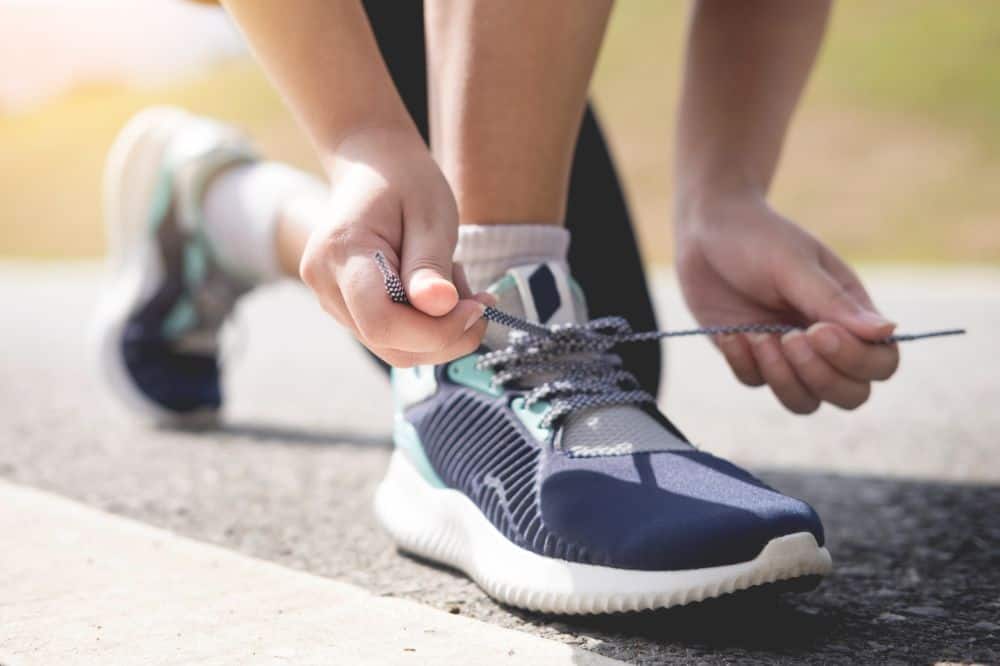

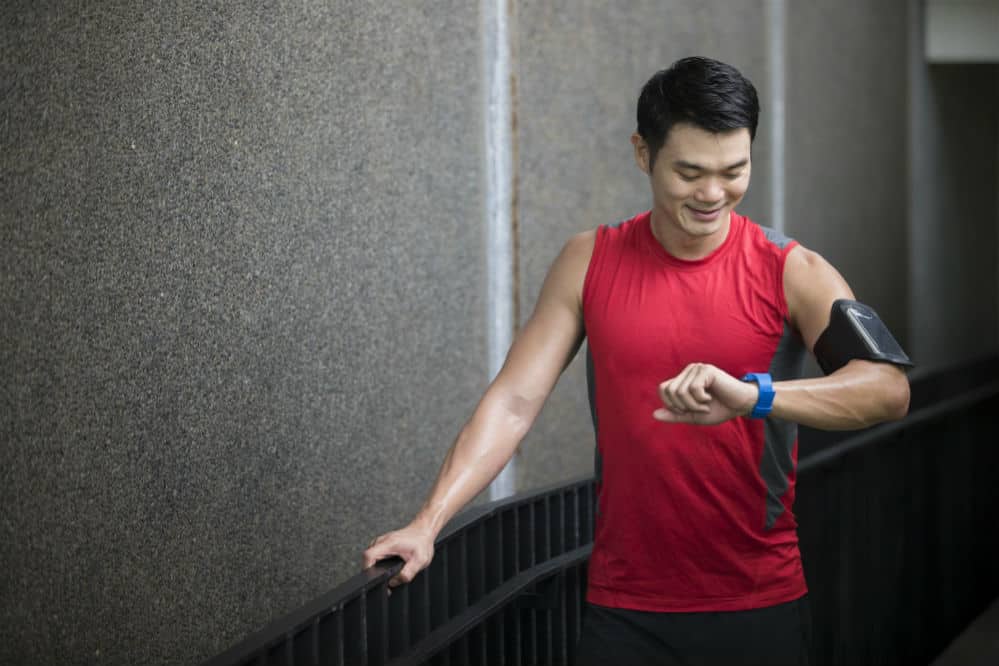
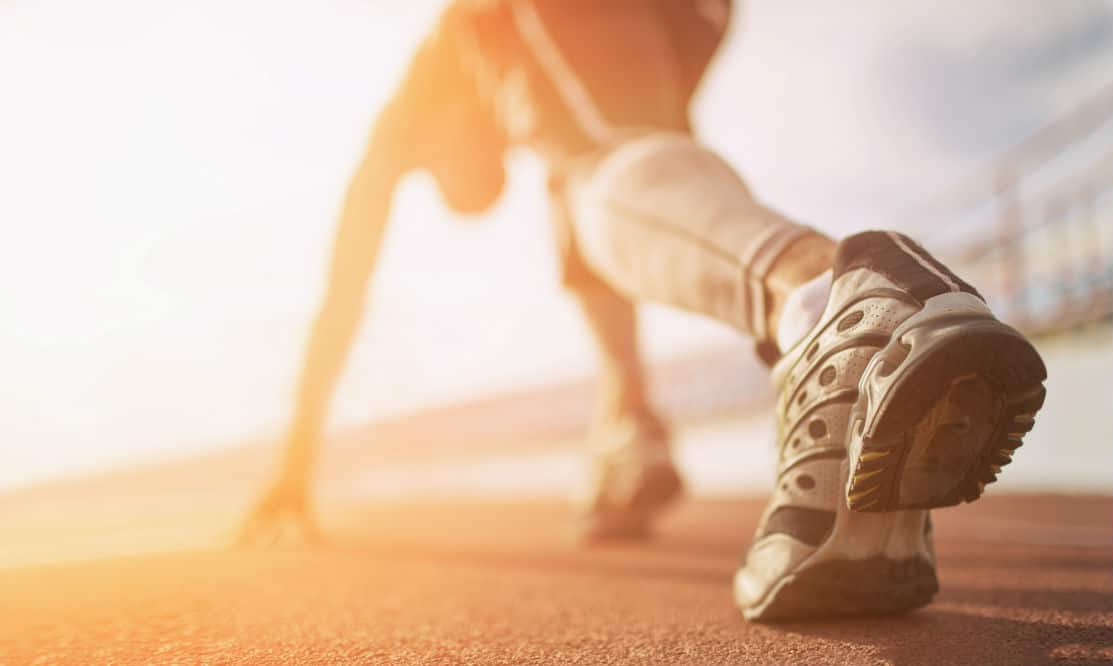


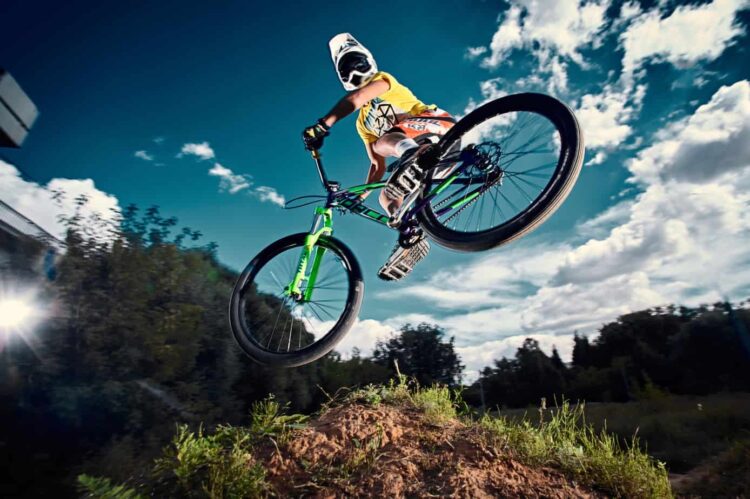






I definitely think that running shoes make a huge difference, providing that they are the right running shoes for your feet. I have heard it is always a good idea to get professional advice, especially when choosing your first pair as I got fitted and they looked at my walking gait and gave me shoes with extra support where I needed it. Having the right support in the right places also protects your knees and other joints as running is considered a high impact sport.
Hi, Michel Maling, and thank you.
Thank you for your kind words.
It’s great to hear about the benefit of the article, too.
Don’t hesitate to contact me to help you with anything else or if you have any questions.
I never realized so much effort went into making shoes…and honestly never really thought much about using “running shoes” specifically for running. I have to admit I tend to shop for shoes based on appearance more than functionality. Wish I came across this article 15 years ago when I used to run 20 miles a week. Maybe my knees would be in better condition now!
Hi, Jenna Didier, and thank you.
Thank you for your kind words.
It’s great to hear about the benefit of the article, too.
Don’t hesitate to contact me to help you with anything else or if you have any questions.
This article was in very depth, many thanks! I learnt a lot and will be far more aware now when purchasing running shoes. I liked that you included scientific details and the video that explained the “why’s” in regards to gait analysis and stopping foot pain. Really helpful to assist me and also for when I’m purchasing running shoes for my children too, as they often experience growth spirts and joint pains are common with this.
Hi, themenomamauk, and thank you.
Thank you for your kind words.
It’s great to hear about the benefit of the article, too.
Don’t hesitate to contact me to help you with anything else or if you have any questions.